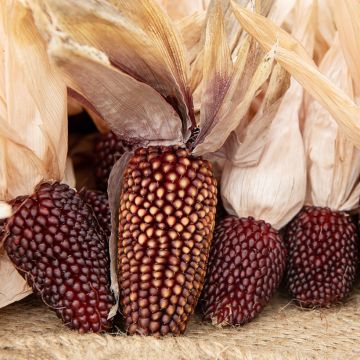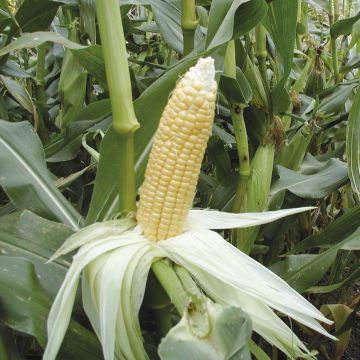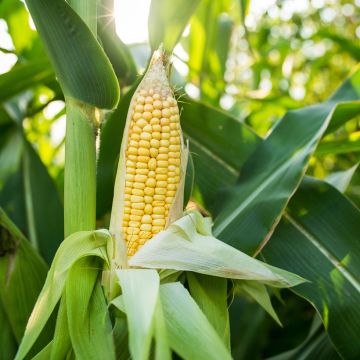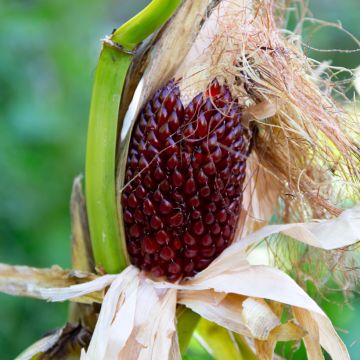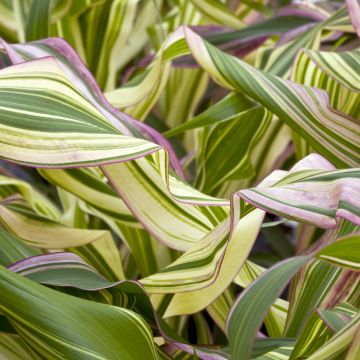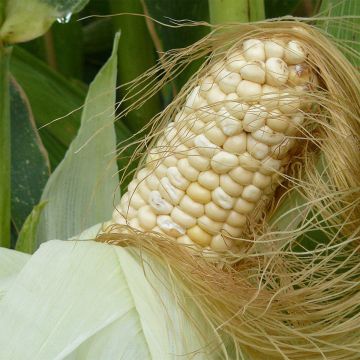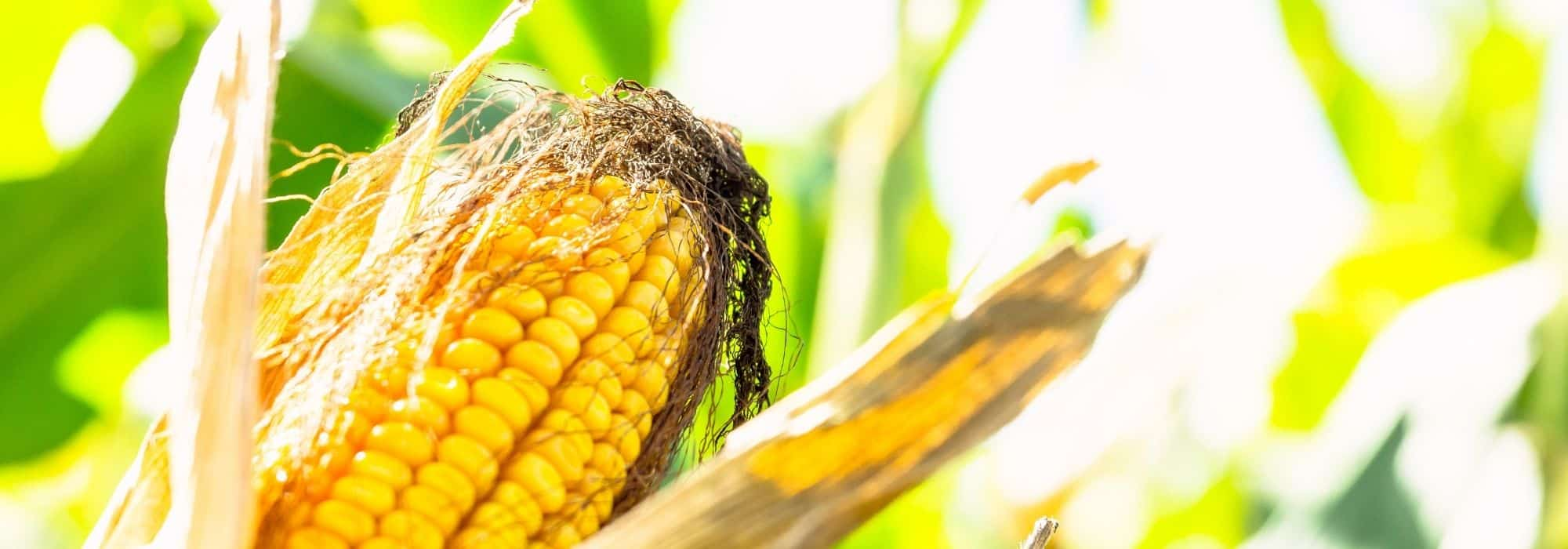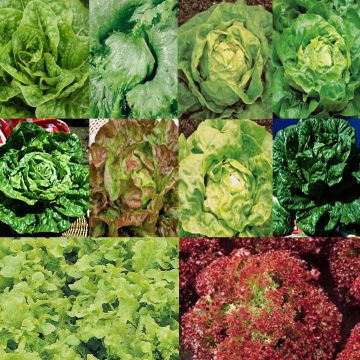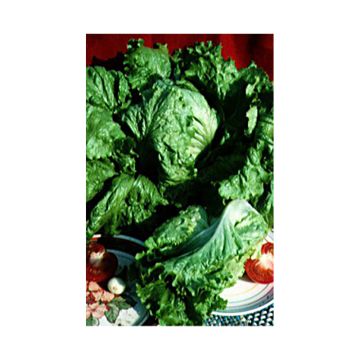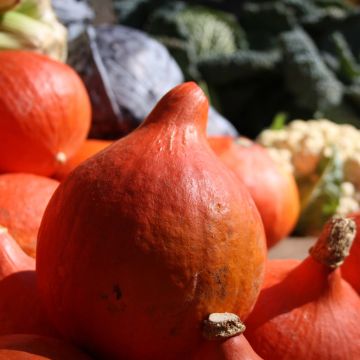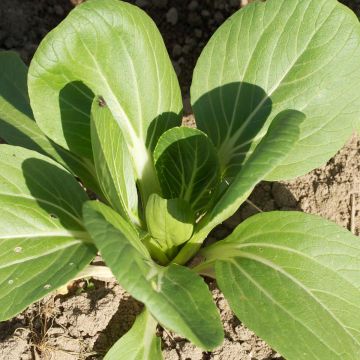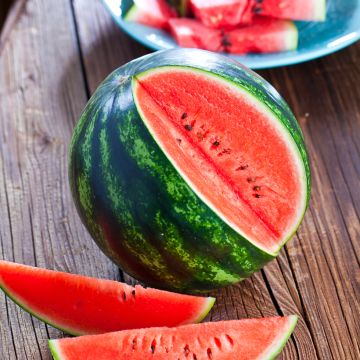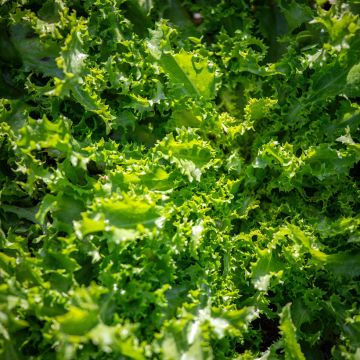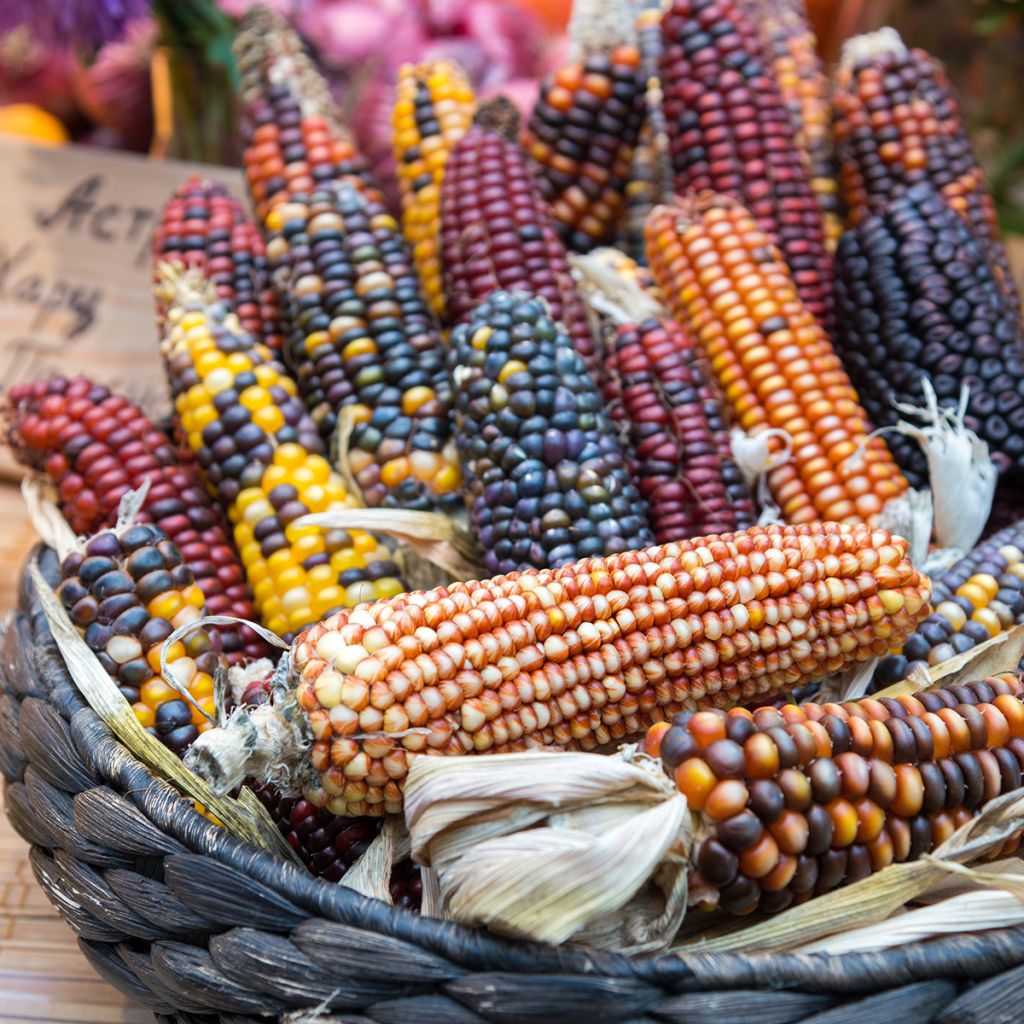

Maïs d'ornement American Way - Zea mays
Zea mays American Way
Zea mays American Way
Sweet Corn
Special offer!
Receive a €20 voucher for any order over €90 (excluding delivery costs, credit notes, and plastic-free options)!
1- Add your favorite plants to your cart.
2- Once you have reached €90, confirm your order (you can even choose the delivery date!).
3- As soon as your order is shipped, you will receive an email containing your voucher code, valid for 3 months (90 days).
Your voucher is unique and can only be used once, for any order with a minimum value of €20, excluding delivery costs.
Can be combined with other current offers, non-divisible and non-refundable.
Why not try an alternative variety in stock?
View all →This plant carries a 12 months recovery warranty
More information
We guarantee the quality of our plants for a full growing cycle, and will replace at our expense any plant that fails to recover under normal climatic and planting conditions.
Would this plant suit my garden?
Set up your Plantfit profile →
Description
Zea mays 'American Way' is a variety of decorative corn with multicoloured cobs. With rapid growth, this annual grass reaches a height of 1.5 to 2m (5 to 7ft) in about 3 months. Each plant produces one or two long cobs, 20 to 30cm (8 to 12in) in length, which are filled with multicoloured grains in shades of yellow, pink, purple, or blue, with a beautiful shine. For its proper development, this corn requires significant sunlight and regular irrigation, especially during the growth period.
Corn, also known by its scientific name Zea mays, is native to Central America. It was the staple food of the Native American peoples before the arrival of Christopher Columbus. This tropical annual plant with trailing roots belongs to the Poaceae family. Today, it is the most cultivated cereal in the world, ahead of rice and wheat. The corn is harvested for its grains or with the entire plant. It is then used as food for animals and humans, or in industrial applications.
The 'American Way' variety is an American creation, selected for the decorative aspect of its cobs. This robust plant grows very fast: it can reach 2m (7ft) in height and 50cm (20in) in width in a single season. Its single and voluminous stem is composed of several spaced nodes every 20cm (8in) and has a single leaf at each node. These large lanceolate leaves are arched, with a waxy texture, and come in a lovely light green colour. They measure up to 1m (3ft) in length and 10cm (4in) in width, with parallel veins. In early summer, male panicles of flowers, 20cm (8in) long, and female axillary inflorescences of the same size can be observed. The fruiting, in the form of long cobs, is composed of numerous grains with very different colours, due to the presence of plant pigments. Carotene gives colours ranging from yellow to orange, while anthocyanins are responsible for the blue, purple, and red hues. All grains are edible, regardless of their colouration. Harvesting begins at the end of August or early September, when the filaments of the cobs start to brown and the grains are still tender and perfect for consumption. The surplus can also be left to mature for decorative use, which will give them a brighter colour and make them harder.
This tall plant is perfect for supporting climbing vegetables in the garden. For example, the trio formed by corn, squashes, and beans harmonises well: corn provides a natural support, beans contribute nitrogen to the soil, and squashes cover the ground with their large leaves, thus maintaining the necessary moisture. This ornamental corn does not go unnoticed in the garden, where it can serve as a windbreak or a temporary hedge for a season. The colourful cobs can be used to make popcorn or dried bouquets. The corn can be dried upside down in a cool and airy place.
Report an error about the product description
Flowering
Foliage
Plant habit
Botanical data
Zea
mays
American Way
Poaceae
Sweet Corn
Cultivar or hybrid
Other Sweetcorn seeds
View all →Planting and care
The young plant thrives in the sun, in loose and rich soil that doesn't dry out too much in summer. Add compost in the previous autumn.
Plant in open ground, from late April to mid-June, as soon as the soil is sufficiently warm. Space the plants 20cm (8in) apart in the row and 70cm (28in) between rows. Dig a hole, place the root ball and cover with fine soil. Firmly press down and water to keep the soil moist.
When the young plant reaches about 30cm (12in) in height, mound it up to 10cm (4in) high to help the roots anchor in the soil.
Weeding and mulching will be necessary. Weed the surface carefully, as the roots of the young plant are shallow. The young plant needs to be regularly watered, about once a week if there is no rain. The rotation between 2 crops is approximately 4 years.
Planting period
Intended location
Care
Planting & care advice
This item has not been reviewed yet - be the first to leave a review about it.
Similar products
Haven't found what you were looking for?
Hardiness is the lowest winter temperature a plant can endure without suffering serious damage or even dying. However, hardiness is affected by location (a sheltered area, such as a patio), protection (winter cover) and soil type (hardiness is improved by well-drained soil).

Photo Sharing Terms & Conditions
In order to encourage gardeners to interact and share their experiences, Promesse de fleurs offers various media enabling content to be uploaded onto its Site - in particular via the ‘Photo sharing’ module.
The User agrees to refrain from:
- Posting any content that is illegal, prejudicial, insulting, racist, inciteful to hatred, revisionist, contrary to public decency, that infringes on privacy or on the privacy rights of third parties, in particular the publicity rights of persons and goods, intellectual property rights, or the right to privacy.
- Submitting content on behalf of a third party;
- Impersonate the identity of a third party and/or publish any personal information about a third party;
In general, the User undertakes to refrain from any unethical behaviour.
All Content (in particular text, comments, files, images, photos, videos, creative works, etc.), which may be subject to property or intellectual property rights, image or other private rights, shall remain the property of the User, subject to the limited rights granted by the terms of the licence granted by Promesse de fleurs as stated below. Users are at liberty to publish or not to publish such Content on the Site, notably via the ‘Photo Sharing’ facility, and accept that this Content shall be made public and freely accessible, notably on the Internet.
Users further acknowledge, undertake to have ,and guarantee that they hold all necessary rights and permissions to publish such material on the Site, in particular with regard to the legislation in force pertaining to any privacy, property, intellectual property, image, or contractual rights, or rights of any other nature. By publishing such Content on the Site, Users acknowledge accepting full liability as publishers of the Content within the meaning of the law, and grant Promesse de fleurs, free of charge, an inclusive, worldwide licence for the said Content for the entire duration of its publication, including all reproduction, representation, up/downloading, displaying, performing, transmission, and storage rights.
Users also grant permission for their name to be linked to the Content and accept that this link may not always be made available.
By engaging in posting material, Users consent to their Content becoming automatically accessible on the Internet, in particular on other sites and/or blogs and/or web pages of the Promesse de fleurs site, including in particular social pages and the Promesse de fleurs catalogue.
Users may secure the removal of entrusted content free of charge by issuing a simple request via our contact form.
The flowering period indicated on our website applies to countries and regions located in USDA zone 8 (France, the United Kingdom, Ireland, the Netherlands, etc.)
It will vary according to where you live:
- In zones 9 to 10 (Italy, Spain, Greece, etc.), flowering will occur about 2 to 4 weeks earlier.
- In zones 6 to 7 (Germany, Poland, Slovenia, and lower mountainous regions), flowering will be delayed by 2 to 3 weeks.
- In zone 5 (Central Europe, Scandinavia), blooming will be delayed by 3 to 5 weeks.
In temperate climates, pruning of spring-flowering shrubs (forsythia, spireas, etc.) should be done just after flowering.
Pruning of summer-flowering shrubs (Indian Lilac, Perovskia, etc.) can be done in winter or spring.
In cold regions as well as with frost-sensitive plants, avoid pruning too early when severe frosts may still occur.
The planting period indicated on our website applies to countries and regions located in USDA zone 8 (France, United Kingdom, Ireland, Netherlands).
It will vary according to where you live:
- In Mediterranean zones (Marseille, Madrid, Milan, etc.), autumn and winter are the best planting periods.
- In continental zones (Strasbourg, Munich, Vienna, etc.), delay planting by 2 to 3 weeks in spring and bring it forward by 2 to 4 weeks in autumn.
- In mountainous regions (the Alps, Pyrenees, Carpathians, etc.), it is best to plant in late spring (May-June) or late summer (August-September).
The harvesting period indicated on our website applies to countries and regions in USDA zone 8 (France, England, Ireland, the Netherlands).
In colder areas (Scandinavia, Poland, Austria...) fruit and vegetable harvests are likely to be delayed by 3-4 weeks.
In warmer areas (Italy, Spain, Greece, etc.), harvesting will probably take place earlier, depending on weather conditions.
The sowing periods indicated on our website apply to countries and regions within USDA Zone 8 (France, UK, Ireland, Netherlands).
In colder areas (Scandinavia, Poland, Austria...), delay any outdoor sowing by 3-4 weeks, or sow under glass.
In warmer climes (Italy, Spain, Greece, etc.), bring outdoor sowing forward by a few weeks.






























